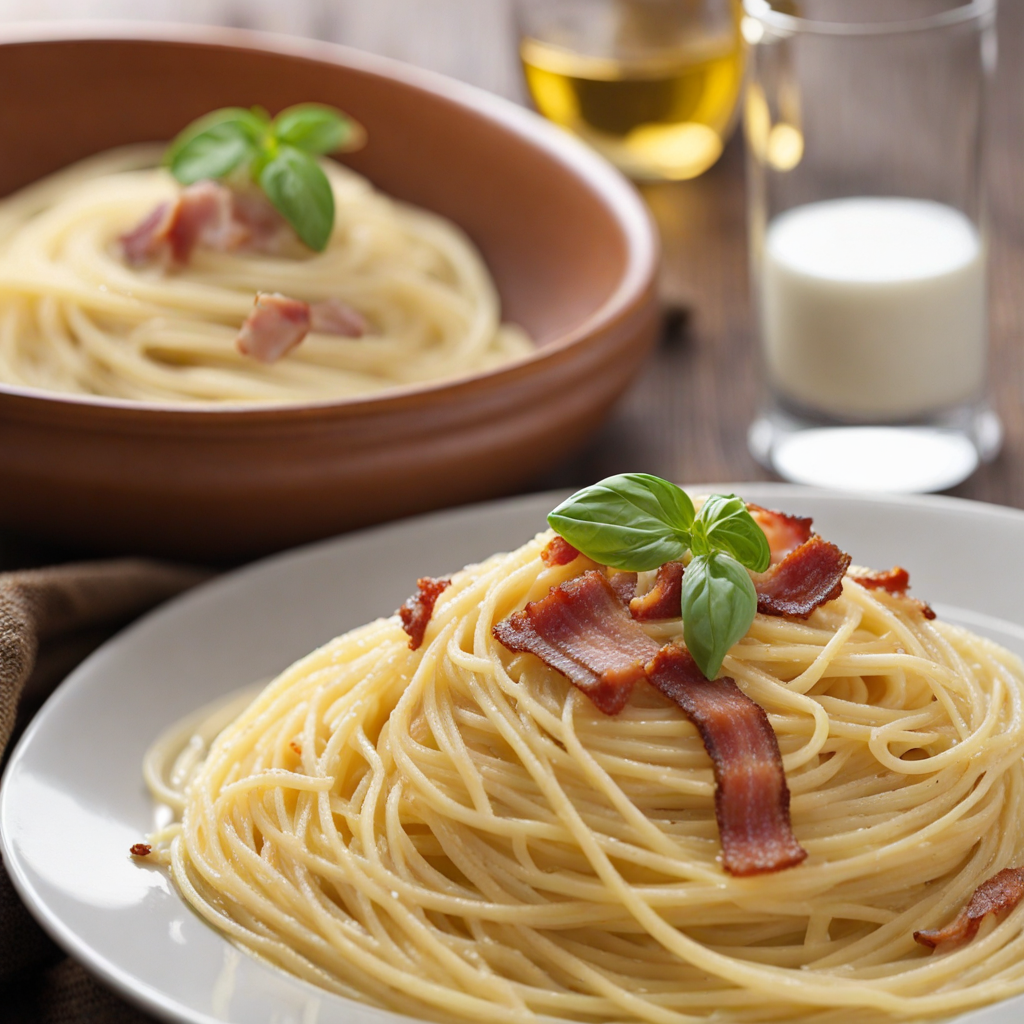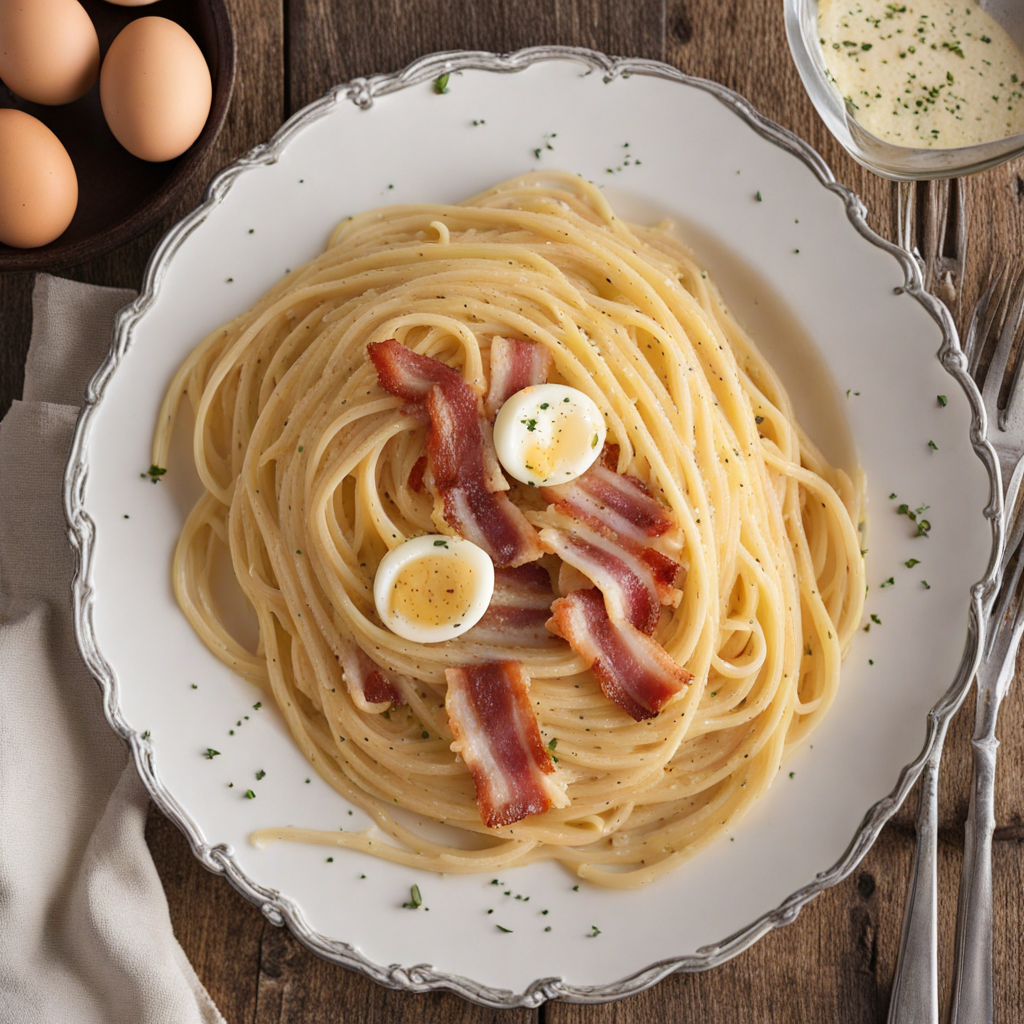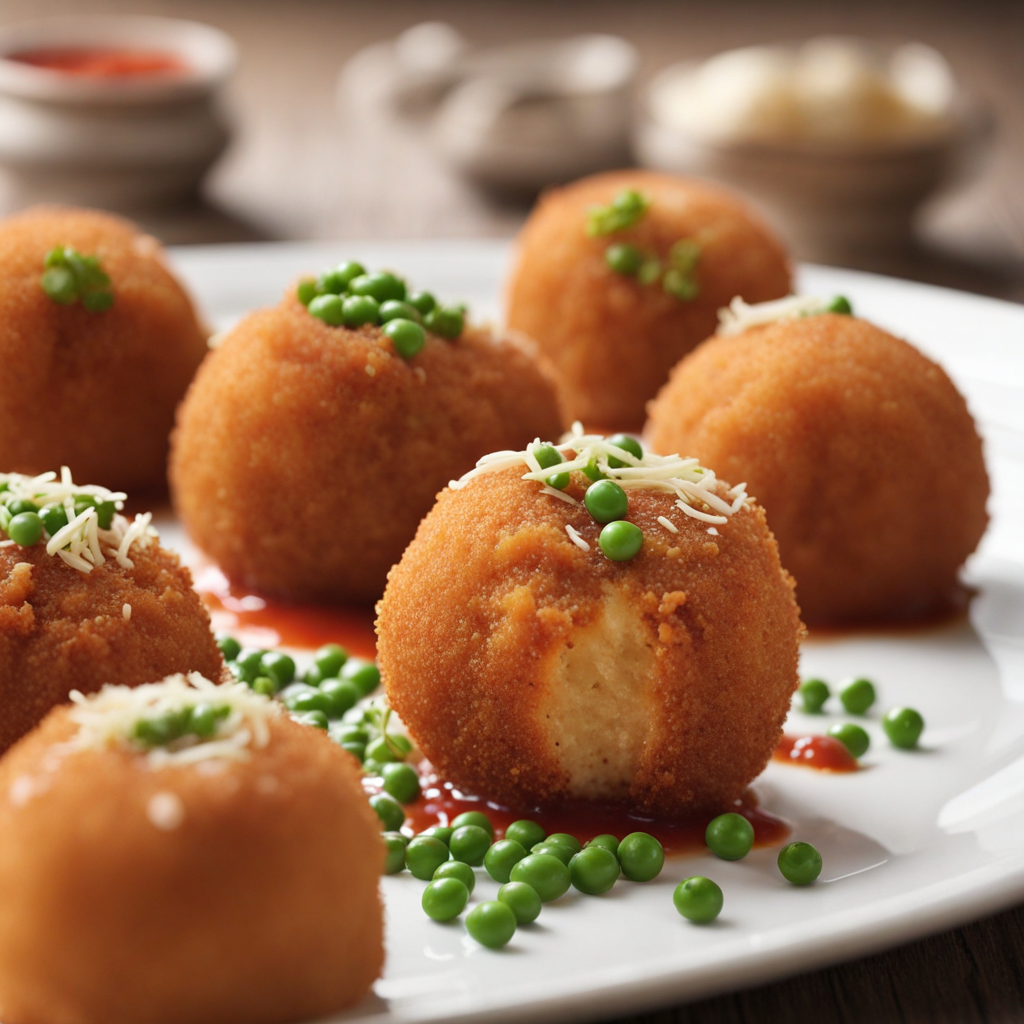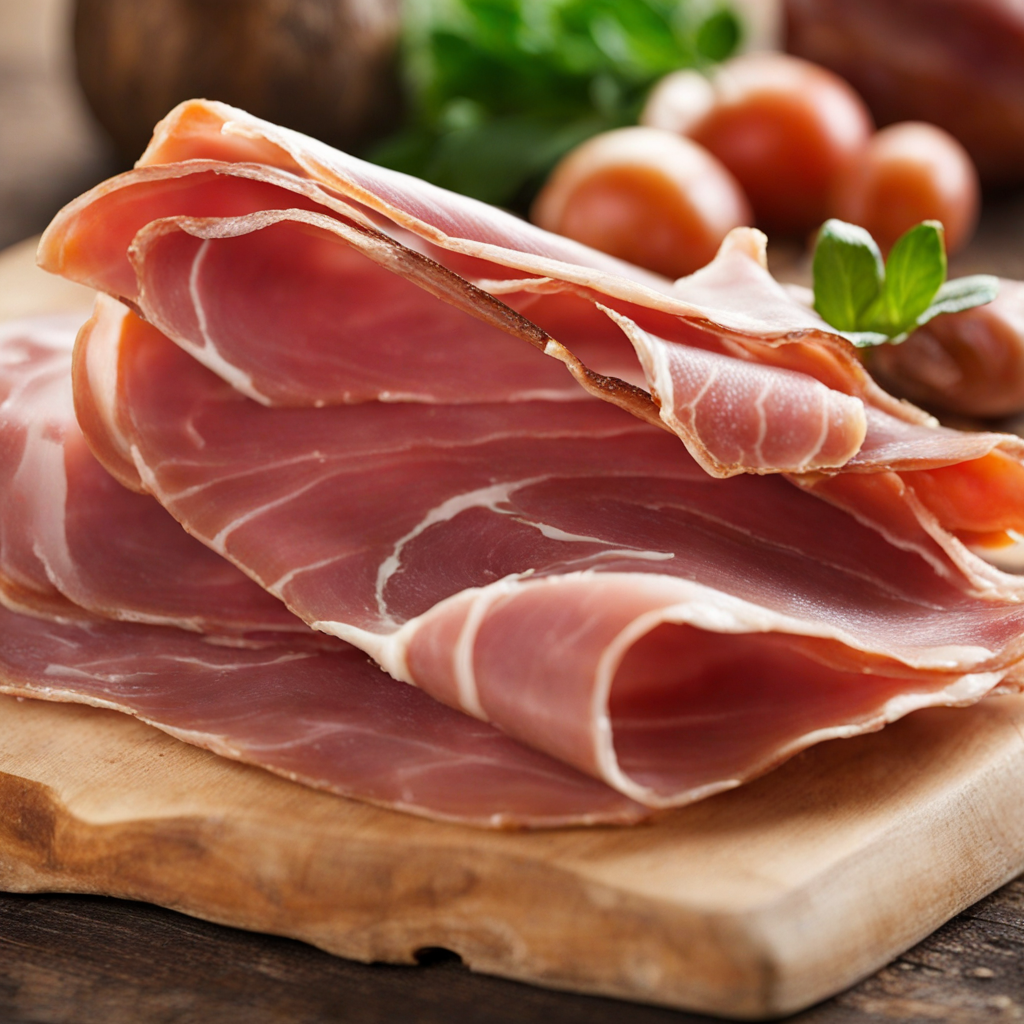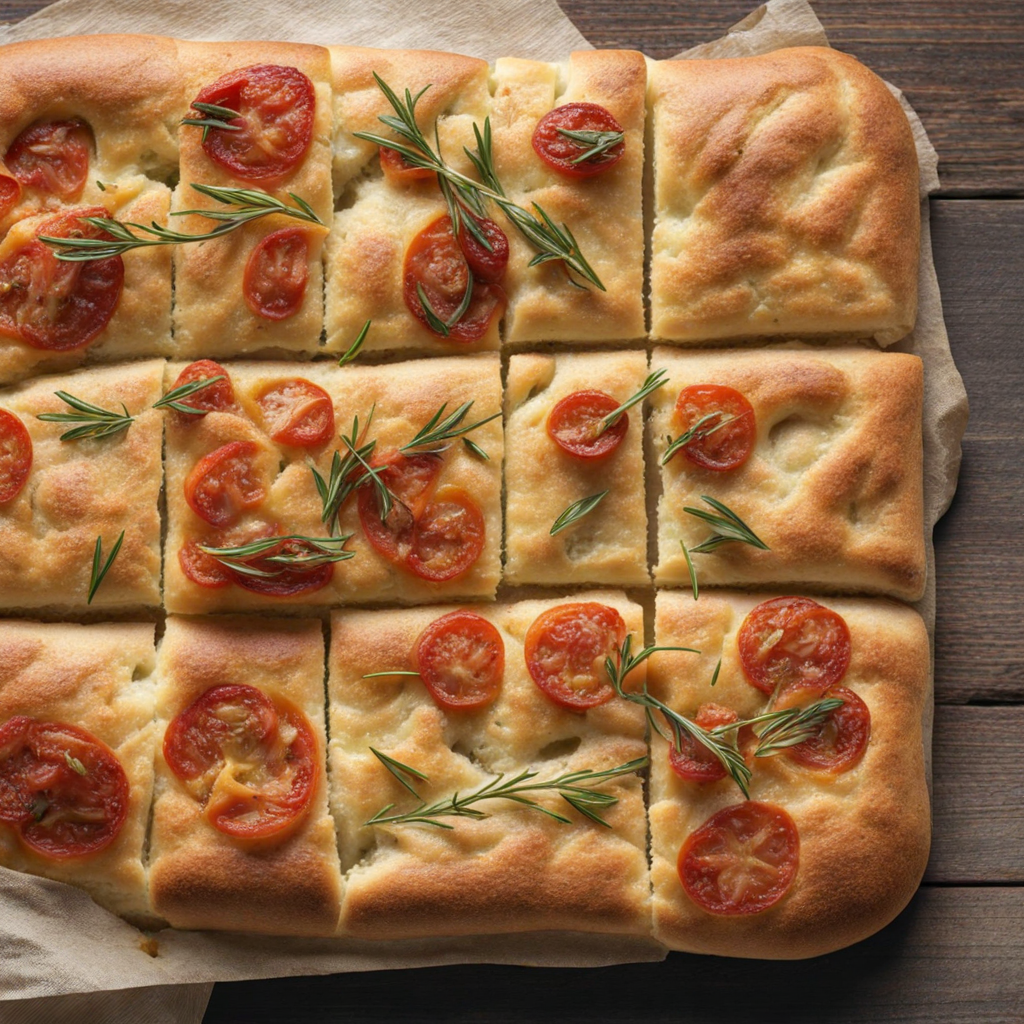Spaghetti alla Carbonara
Spaghetti alla Carbonara is a quintessential Italian dish that embodies the essence of Roman cuisine. This pasta dish is characterized by its simple yet rich ingredients, which come together to create a creamy, indulgent sauce without the use of cream. The star of the dish is al dente spaghetti, perfectly cooked to provide a satisfying bite, while the sauce is created from a mixture of eggs, Pecorino Romano cheese, and freshly cracked black pepper. The heat from the pasta gently cooks the eggs, resulting in a velvety, luxurious coating that clings to each strand of spaghetti, delivering a burst of flavor with every mouthful. At the heart of Spaghetti alla Carbonara is guanciale, an Italian cured meat made from pork cheek or jowl. This ingredient adds a savory depth and a hint of sweetness, balancing beautifully with the sharp, salty notes of Pecorino Romano. The guanciale is sautéed until it becomes crispy, releasing its flavorful fat, which forms the base for the sauce. The combination of the rendered fat and the creamy egg mixture creates a luscious emulsion that envelops the pasta, offering a delightful contrast of textures and tastes. Each bite of Spaghetti alla Carbonara is an exploration of flavor, with the nutty cheese, smoky guanciale, and the peppery kick creating a harmonious blend. The dish is often finished with an extra sprinkle of cheese and pepper, enhancing its aromatic profile. It’s not just a meal; it’s a celebration of Italian culinary tradition, inviting you to indulge in its comforting richness and experience the authentic taste of Italy.
How It Became This Dish
Origin of Spaghetti alla Carbonara Spaghetti alla Carbonara is a traditional Roman dish that has captivated the palates of many around the world. Its exact origins are somewhat murky, often sparking lively debates among food historians and enthusiasts alike. The most widely accepted theory traces its roots back to the mid-20th century, possibly during World War II, when American soldiers stationed in Italy combined their rations of bacon and eggs with local pasta. This culinary fusion is believed to have given rise to the modern version of Carbonara, which features ingredients such as guanciale (cured pork cheek), eggs, Pecorino Romano cheese, and black pepper. Another theory suggests that the dish may have predated the war, possibly originating from the Apennine region, where charcoal workers (carbonai) would prepare simple meals using readily available ingredients. The name "Carbonara" itself is thought to derive from "carbonaro," meaning "charcoal burner," reflecting the rustic origins of the dish. This connection to the land and the people who worked it is a significant aspect of its cultural significance. Cultural Significance Spaghetti alla Carbonara is not just a dish; it embodies the essence of Roman culinary culture. It reflects the philosophy of using simple, high-quality ingredients to create a meal that is both satisfying and comforting. The dish is emblematic of la cucina povera, the "poor kitchen" tradition, which emphasizes frugality and resourcefulness in cooking. It showcases how humble ingredients like pasta, eggs, and cured meat can be transformed into a dish that is both elegant and deeply flavorful. In Rome, Carbonara is more than a meal; it is a social experience. It is commonly enjoyed in trattorias and osterias, where locals gather to share stories and laughter over plates of this beloved pasta. The dish is often a centerpiece of family gatherings and celebrations, reinforcing the importance of communal dining in Italian culture. Its popularity has transcended borders, making it a staple on Italian menus around the globe and contributing to the international appreciation of Italian cuisine. Ingredients and Preparation The beauty of Spaghetti alla Carbonara lies in its simplicity. The key ingredients typically include spaghetti, guanciale, eggs, Pecorino Romano cheese, and black pepper. Guanciale is an essential component, as it adds a rich, savory depth to the dish with its distinctive flavor profile. While some variations of Carbonara may substitute pancetta for guanciale or use different types of cheese, purists argue that true Carbonara must adhere to the traditional recipe. The preparation of Carbonara is equally straightforward yet requires attention to detail. The guanciale is diced and cooked until crispy, releasing its flavorful fat. Meanwhile, eggs and grated Pecorino Romano are whisked together to create a creamy sauce. The cooked spaghetti is combined with the guanciale, and then the pasta is removed from the heat before the egg mixture is added, allowing the residual heat to create a silky sauce without scrambling the eggs. A generous sprinkle of freshly cracked black pepper finishes the dish, enhancing its flavor and adding a touch of aroma. Variations and Adaptations Over the years, Spaghetti alla Carbonara has inspired numerous variations, both in Italy and abroad. While traditionalists advocate for the original recipe, creative chefs have experimented with different ingredients and techniques, resulting in diverse interpretations. Some variations incorporate cream, garlic, or even vegetables, which many purists consider unauthorized additions. The debate surrounding these adaptations reflects the dynamic nature of culinary traditions, where regional preferences and personal tastes influence the evolution of classic dishes. In the United States and other countries, for instance, Carbonara often appears on restaurant menus with twists that cater to local palates. Some chefs have introduced elements such as smoked bacon or different types of cheese, which can be quite popular but stray from the essence of the original dish. Nonetheless, these adaptations demonstrate the global impact of Carbonara and its ability to inspire chefs to innovate while still honoring its Italian roots. Carbonara's Global Popularity The rise of Italian cuisine worldwide has significantly contributed to the global popularity of Spaghetti alla Carbonara. As Italian immigrants settled in various countries, they brought their culinary traditions with them, introducing dishes like Carbonara to new audiences. In the post-war era, Italian-American restaurants began to proliferate, offering a taste of Italy to those who might never visit the country. This exposure helped to solidify Carbonara's status as an iconic Italian dish, recognized and loved by people from all walks of life. In recent years, social media and food television shows have further amplified the popularity of Spaghetti alla Carbonara. Recipes and cooking demonstrations have made the dish accessible to home cooks, encouraging experimentation and creativity in the kitchen. Food influencers and chefs share their takes on Carbonara, contributing to its evolving narrative and ensuring that it remains relevant in contemporary culinary discourse. Preserving Tradition Despite the evolution and adaptations of Spaghetti alla Carbonara, there is a strong movement among food advocates and chefs to preserve the traditional recipe. Organizations and culinary schools in Italy emphasize the importance of understanding and respecting the origins of classic dishes. Chefs who specialize in Roman cuisine often take pride in crafting Carbonara according to its traditional methods, ensuring that the dish remains a true representation of Italian culinary heritage. In recent years, initiatives aimed at protecting traditional recipes and cooking practices have gained momentum, particularly in the context of the European Union's efforts to safeguard gastronomic traditions. The recognition of traditional Italian dishes, including Spaghetti alla Carbonara, serves to highlight the cultural significance of food in shaping identity and fostering community. Conclusion In essence, Spaghetti alla Carbonara is a dish that has transcended its humble beginnings to become a symbol of Italian culinary culture. Its rich history, rooted in simplicity and tradition, resonates with people around the world who appreciate the artistry of Italian cooking. As it continues to evolve, Carbonara remains a testament to the power of food to connect people, preserve culture, and inspire creativity. Whether enjoyed in a rustic Roman trattoria or prepared in a home kitchen halfway across the globe, Spaghetti alla Carbonara is more than a meal; it is a beloved cultural treasure that continues to bring joy and comfort to many.
You may like
Discover local flavors from Italy


